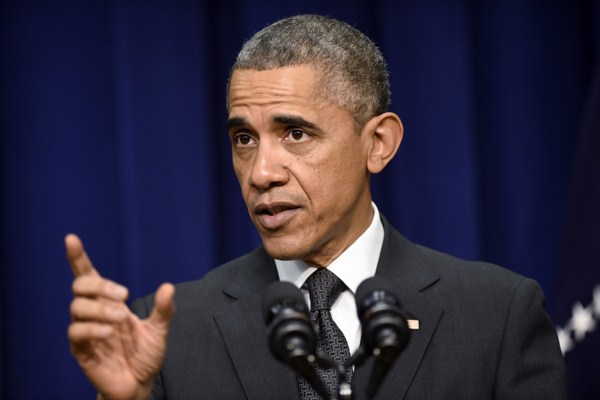Beginning in the early 20th century, America’s global strategy coherently linked U.S. actions in different places and on different issues. Today it does not, instead treating each security challenge in isolation, with little or nothing connecting them. The reason for this incoherence is clear: The United States has no unifying strategic vision.
It didn’t used to be this way. President Woodrow Wilson designed America’s first strategic vision based on support for national self-determination, democracy and international law, with the great powers acting as guardians of the system. After World War II, when American power seemed to be the only thing containing the Soviet Union and global communism, policymakers adjusted the strategic vision. It retained some emphasis on democracy and international law but became more threat-focused and militarized, emphasizing stability and orderly change as firebreaks to violent revolution. The sense of danger led to some ugly compromises with American values, including support for friendly dictators, intrusive domestic surveillance and the use of covert action abroad. But still there was a coherence: U.S. leaders could explain the type of world they sought and make a case that it was preferable to the one espoused by the Soviets.
The Cold War strategic vision was strong enough to survive the Vietnam fiasco, especially when reinvigorated by President Ronald Reagan’s gifts as a communicator. It also helped that most American political leaders at the time considered national security more important than scoring partisan political points, and thus were willing to build a consensus strategic vision. Compromise with the other political party was not considered surrender.

